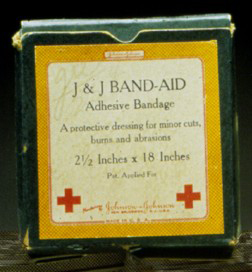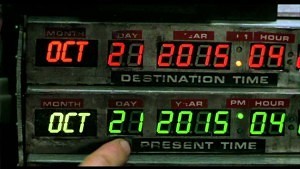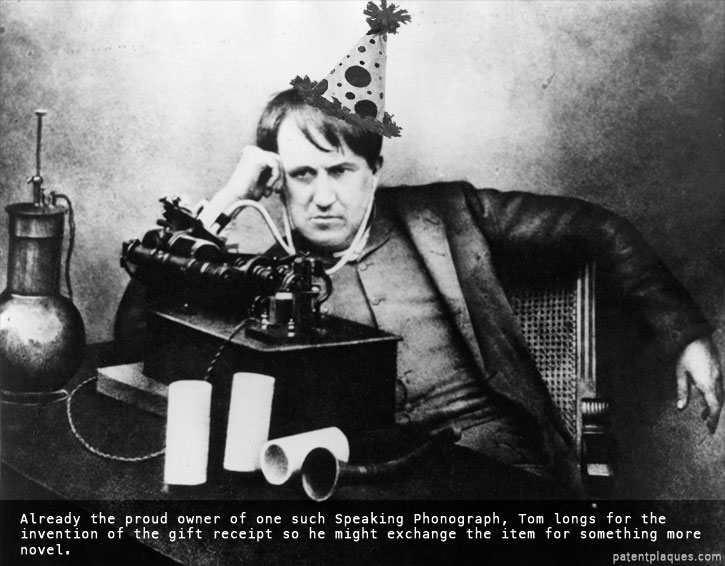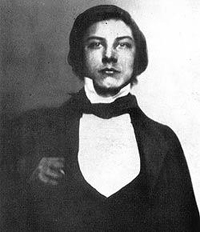 Did you know the Band-Aid® was originally invented as a way to help a clumsy woman dress her own wounds?
Did you know the Band-Aid® was originally invented as a way to help a clumsy woman dress her own wounds?
Did you know they almost never made it to market?
It’s been nearly a hundred years, and today it’s hard to believe something so ubiquitous to our daily life had such a humble beginning:
Earle Dickson: Husband, Inventor, Everyday Genius
Earle Dickson was born in Tennessee on October 10, 1892. He graduated Yale University in 1913 and took on work as a cotton buyer for Johnson & Johnson in 1915.
Two years later he married Josephine Knight, the woman who would inspire him in ways he had not yet imagined.
You see, Earle’s doting young wife was – as legend has it – as accident-prone as she was kind. Josephine had a knack for knicks and burns from working in the kitchen, and it was not uncommon to come home and find his wife’s hands covered in bulky bandages.
Not only where they difficult to manage and easily undone, they also where nearly impossible to apply alone.
It was this struggle to help his wife apply and reapply her bandages that the young Mr. Dickson arrived at his ingenious idea:He placed pieces of gauze at regular intervals on an adhesive strip and covered them with crinoline to keep them sterile.
Brilliant! Now all sweet Josephine had to do was cut off a piece of the strip and wrap it around her cut – on her own. Continue reading “How the Band-Aid Was Invented” →



 In 1856, a 17-year-old in his home laboratory discovered the first synthetic dye. William Henry Perkin’s mentor at the Royal Academy of Science, August W. Hofmann, had published an article about the possibility of creating synthetic quinine to lessen the cost of treating malaria. Perkin was excited about the idea and began experimenting with ways to produce this substance. He continued his experiments at his own home laboratory in London while on Easter vacation.
In 1856, a 17-year-old in his home laboratory discovered the first synthetic dye. William Henry Perkin’s mentor at the Royal Academy of Science, August W. Hofmann, had published an article about the possibility of creating synthetic quinine to lessen the cost of treating malaria. Perkin was excited about the idea and began experimenting with ways to produce this substance. He continued his experiments at his own home laboratory in London while on Easter vacation. Did you know the Band-Aid® was originally invented as a way to help a clumsy woman dress her own wounds?
Did you know the Band-Aid® was originally invented as a way to help a clumsy woman dress her own wounds?